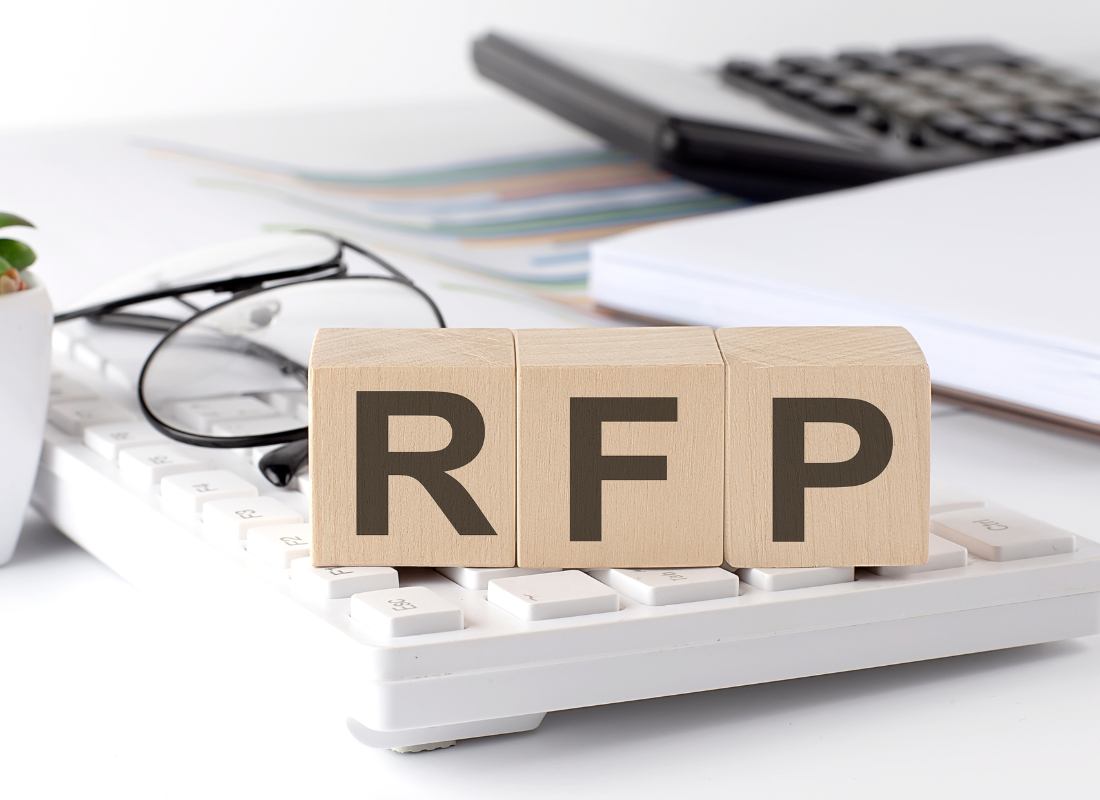Want more like this?
Sign up today to get free articles, webinars, whitepapers, yearly guides and more delivered to your inbox.
Procurement Standards Now Being Enforced: Are You Ready?
Originally published on December 3, 2019
Updated on February 6th, 2024
Most nonprofits know they need to document how their grant funding is used. And while there were previous rules from multiple sources, CFR (Uniform Guidance) brought them together—streamlining and consolidating them so they can be more easily enforced.
When Uniform Guidance procurement standards were updated a few years ago, there were grace periods to implement them. Now that these periods have passed, it’s important to know the key policies to keep your organization compliant.
First and Foremost: Put It in Writing
Your nonprofit must maintain written policies and standards of conduct regarding procurement. This requirement is one of the most significant changes in procurement standards for organizations like yours.
At a minimum, your written policy should detail the following:
- Thresholds and appropriate process for each of the five procurement methods (see below)
- Standards of conduct covering conflicts of interest and governing the actions of employees engaged in the selection, award and administration of contracts
- Standards of conduct covering organizational conflicts of interest (parent entities, affiliates, and subsidiaries)
You must also maintain records that sufficiently detail the actual procurement. This includes (but is not limited to) rationale for the method of procurement, selection of contract type, contractor selection or rejection, and the basis for the contract price.
The Five Levels of Procurement
Under the new procurement standards, purchases are categorized into five levels:
- Micro Purchase – Up to $10,000. If the pricing of the service or good is reasonable, quotes do not have to be obtained.
- Small purchases – $10,001- $250,000. Required to obtain prices or quotes from an adequate number of sources, back up must be maintained. Does not have to follow a formal process.
- Sealed Bids – $250,001 +. This is the preferred method for construction. Sealed bids must be publically solicited and received from an adequate number of sources. The lowest responsive and responsible bidder is to be awarded the contract.
- Competitive Proposals- $250,001 +. Used for fixed price or cost reimbursement contracts. Requests for proposals must be publicized and identified. Methods of evaluation and its relative importance for factors considered must be noted. There must be an adequate number of responses. The entity must have a written method for technical evaluation of proposals received and awarding the contract. Contracts must be awarded to the respondent most advantageous to the program, with price and other factors also considered.
- Sole Source – No competition is involved because the items are only available from a single source. This level can also be used in a public emergency for which a required good or service does not allow for a delay that competitive solicitation would require. It’s also appropriate if, after a number of solicitations, competition is deemed to be inadequate. This method must be authorized by the agency or a pass-through entity.
Competition Requirements
The procurement standards also discuss open, consistent competitions for goods and services. These requirements should not be unreasonable or require unnecessary experience. They should also not specify a certain brand of product limiting what can be offered. Your organization’s written policies must also require accurate descriptions of technical requirements for the materials or services procured.
Other items to note that the procurement standards enforce:
- The organization must take all necessary affirmative steps to assure that minority businesses, women’s business enterprises and labor surplus area firms are used when possible.
- The organization must perform an analysis of cost in connection with every procurement action above the simplified acquisition threshold (the dollar amount below which your nonprofit can buy something using small purchase methods).
If you need help or are still working on your written policies, reach out to James Moore’s nonprofit CPAs. With checklists, charts and decades of experience, we have the resources to make sure your procurement standards are in compliance.
All content provided in this article is for informational purposes only. Matters discussed in this article are subject to change. For up-to-date information on this subject please contact a James Moore professional. James Moore will not be held responsible for any claim, loss, damage or inconvenience caused as a result of any information within these pages or any information accessed through this site.
Other Posts You Might Like

